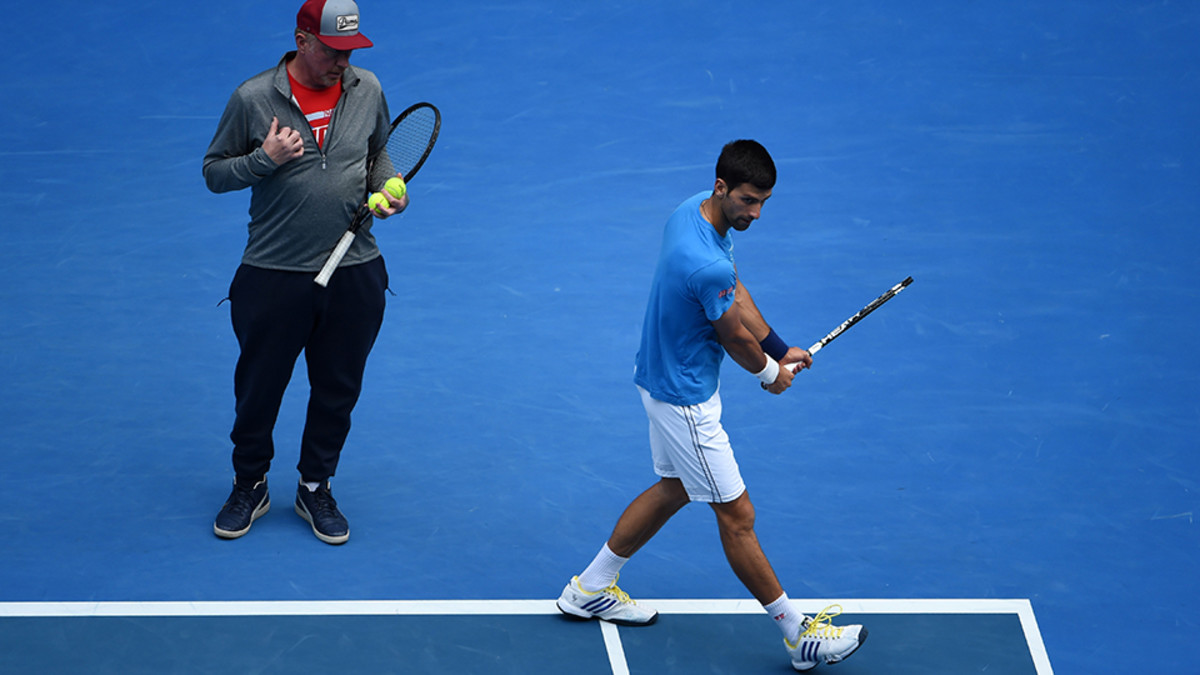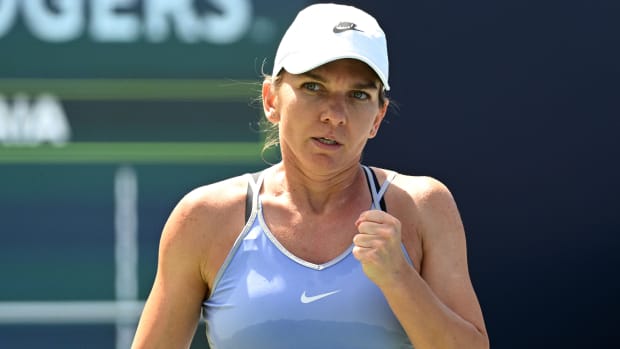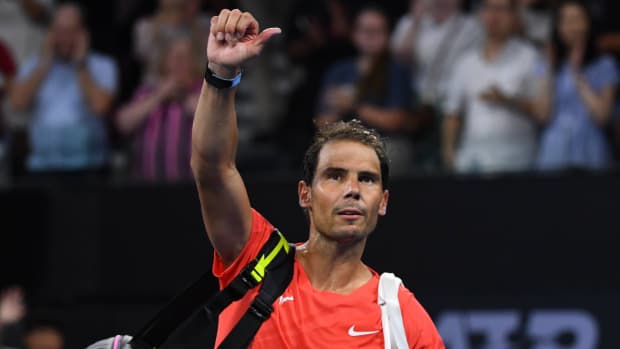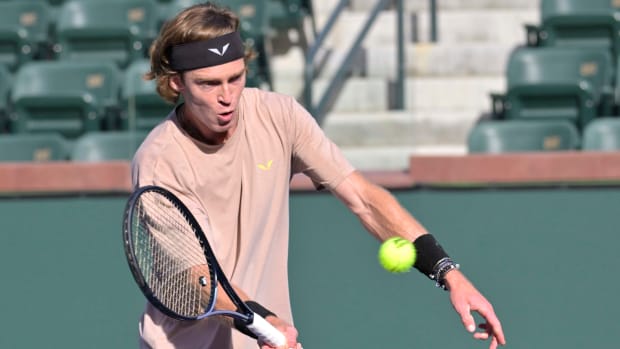Eric Butorac: What it's like to practice with World No. 1 Novak Djokovic
Editor's note: A version of "Training with Novak" originally appeared on Universal Tennis as part of a series of accounts shared by Eric Butorac, ATP Player Council president and an accomplished doubles specialist.
I had just lost a tight match in the third round of the 2015 U.S. Open to Jean-JulienRojer and HoriaTecau. They would go on to be the No. 1 team in the world that year. I was in the back corner of the locker room. The TV in my area was tuned to the Grandstand court, so clearly someone had been following our match.
Then I got a tap on the shoulder…it’s Boris Becker. The conversation went something like this:
BB: Eric, that was a great match…really high level.
Me (dejectedly): Yeah, thanks.
BB: No, really, I thought you guys played a great match.
Me (now officially out of the U.S. Open): Yeah, it was O.K.
BB: It really only came down to a couple of points.
Me (kind of tired of speaking about a match that he can’t possibly care that much about): Most do.
BB: Listen, I know you just lost, but Novak really needs to practice with a lefty today ‘cause he plays Feliciano Lopez tomorrow. Do you mind?
Me (it’s about 100° and humid, my hip is killing me, and I’m soaked from my two-hour match): Yeah. Sure.
BB: Great! Practice court 1 in an hour!
From fan to final: How my Australian Open journey came full circle
I slowly walked out of the row of empty practice courts and found a few thousand people anticipating our, or his, practice. It was one of those moments where going back on court was the last thing in the world I wanted to do, and now it is what I remember most about my U.S. Open experience. I have practiced with a number of top players over the years. It’s one of the perks of being left-handed, as those guys often need you to prep for a lefty opponent (thank you, Rafa). Most of my hits have been pretty relaxed, with Federer being the most casual of them all.
Novak was completely different. From the first ball, he was completely locked into the practice. Every ball he hit had a specific purpose. Every drill was designed to work on a specific situation that he would face against Lopez the next day. I was actually glad I’d had a match earlier in the day, because we only hit a few balls down the middle before things got intense. After only a few minutes, Becker ran over and asked if I could start chipping more backhands. Of course I obliged. After one rally, he came running back and said, “That’s great. Now you are gonna do only chip backhands…but don’t just push them, really work Novak around the court.” I’m not sure how many of you have ever hit with Novak, but “working” him around the court with a chip backhand isn’t exactly the easiest thing in the world to do.
After 10 minutes of “working Novak around” with my chip backhand, I must have started to fade because he asked me to hit him some serves instead.
Me: Sure. Where would you like them? (In my hits with other top players, they like to get a rhythm off the slice serve first, then maybe a few kick serves, etc.)
Novak: Doesn’t matter.
Me: You want me to hit some second serves to start, or start hitting first-serve speed?
Novak: Whatever.
Me: You don’t want me to tell you where it’s going at all?
Novak: Do you think Feliciano will tell me?
Novak went on to beat Lopez and eventually win the 2015 U.S. Open, his third Grand Slam of the year. Did my practice get him over the edge? Probably not. But it did give me a window into how and what the best player in the world does when he practices. I’ve always believed that I am organized and focused in practice, but he was on another level.
I found that mindless hitting down the middle is not a great use of time. I discovered that fans would much prefer to watch me hit with Novak than to watch me play a doubles match! I knew that practicing your return was really important, but not more important than the way in which you practiced it. And I learned that I should work on my chip backhand, in case Novak ever called again.






